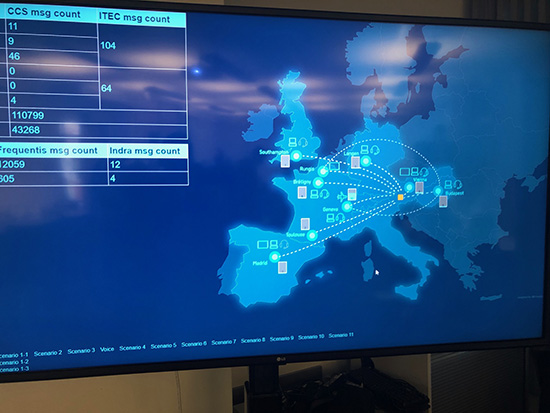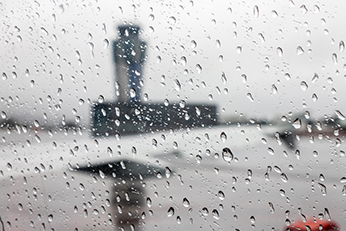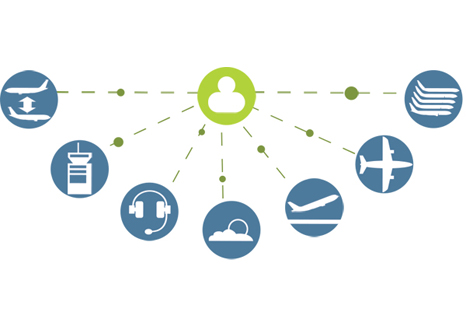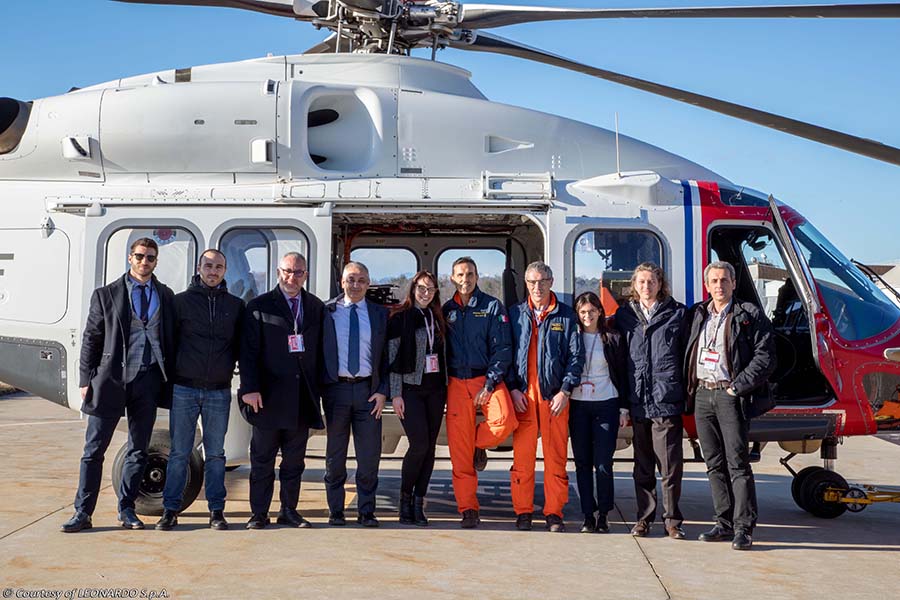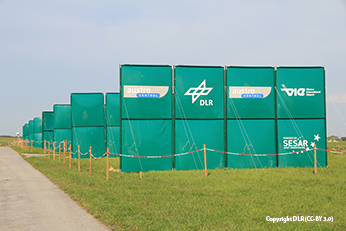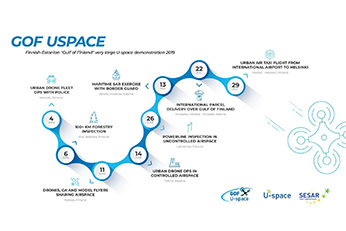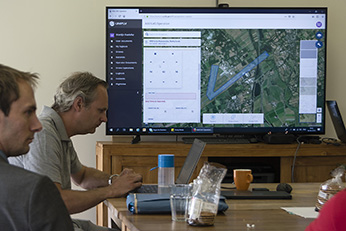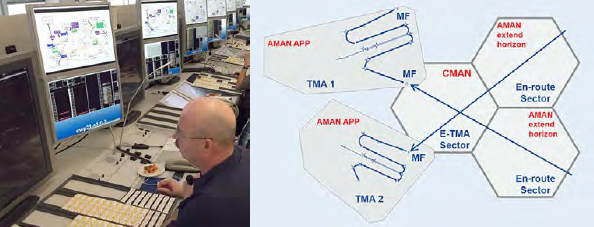Optimum Descent Profile is an award winning SESAR project which developed more efficient descent profiles for aircraft arriving into airports. The project demonstrated how these profiles can reduce the environmental impact in busy and complex airspaces and across borders without compromising safety and capacity aspects.
The optimum arrival is a continuous descent. In highly-frequented airspaces, which are shaped by national borders and handover points, this optimum is not always possible. Existing arrival flows can, however, often be improved. Instead of fixed waypoints, precise level windows can be defined and programmed in the flight management system of the aircraft. Another way of improving vertical flight efficiency is to remain at cruising altitude for a longer period of time before descending, since fuel consumption is lower at higher levels. The project also used flexible seasonal or runway dependent handover procedures.
Klaus-Dieter Scheurle, CEO of DFS, said: “Each and every descent profile optimisation counts and contributes to a more efficient and sustainable air transport in Europe. This award confirms the benefits achieved by the good collaboration between air navigation service providers and airlines for the sake of stakeholders, passengers and society as a whole.”
A total of 11,467 demonstration flights to nine airports in Europe were conducted. On an annual basis, these optimised flows have the potential to generate fuel savings of 3,400 tonnes, which equals more than 10,700 tonnes of CO2 emissions according to calculations by EUROCONTROL. Half of the 33 analysed flows have already been permanently implemented; seven are published in the Aeronautical Information Publication. Real savings achieved with the project’s demonstration flights amounted to 86 tonnes of fuel and a reduction of 270 tonnes of CO2 emissions.
Florian Guillermet, Executive Director of the SESAR Joint Undertaking remarked, "The ODP project represented an excellent opportunity to demonstrate more widely the considerable savings in terms of fuel and emissions that are possible with optimised arrival flows. It is clear that procedures like these will be key to achieving high performance in aviation across Europe in the coming years.”
ODP was conducted in the framework of SESAR Integrated Flight Trial and Demonstration Activities and co-funded by the SESAR Joint Undertaking. It was conducted under the leadership of DFS, together with the ANSPs of Austria (Austro Control), France (DSNA) and Switzerland (skyguide), as well as EUROCONTROL’s Maastricht Upper Area Control Centre (MUAC). Air France (plus HOP!), Deutsche Lufthansa (together with the affiliated Austrian Airlines and Germanwings) and Swiss International Airlines conducted the demonstration flights to the airports of Basel, Berlin Tegel, Frankfurt, Geneva, Munich, Strasbourg, Stuttgart, Vienna and Zurich.

